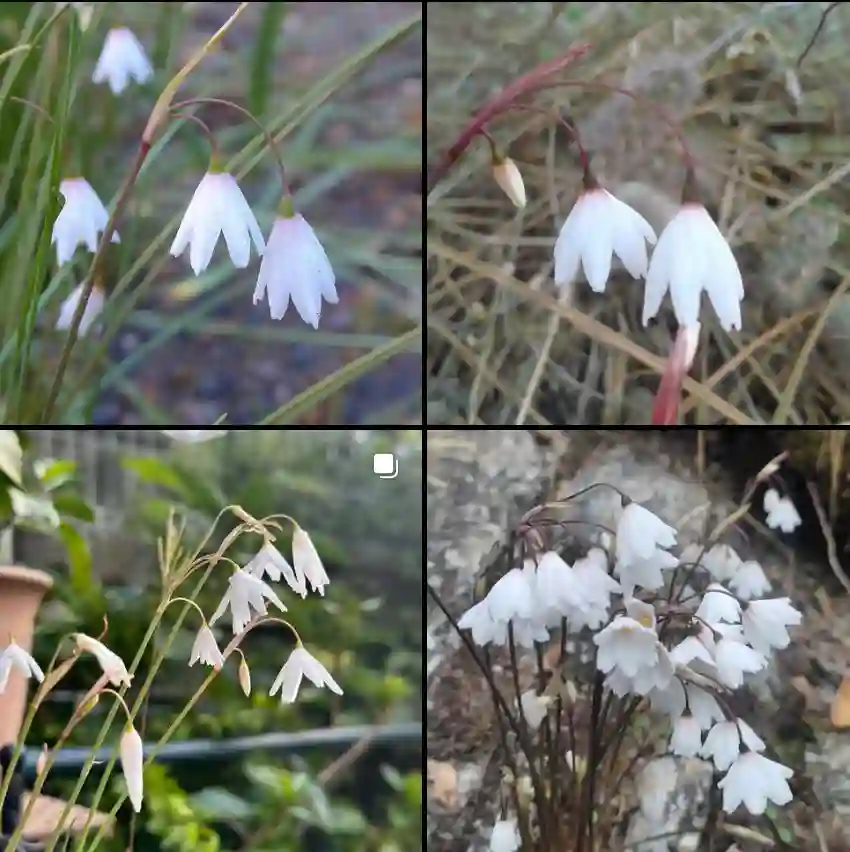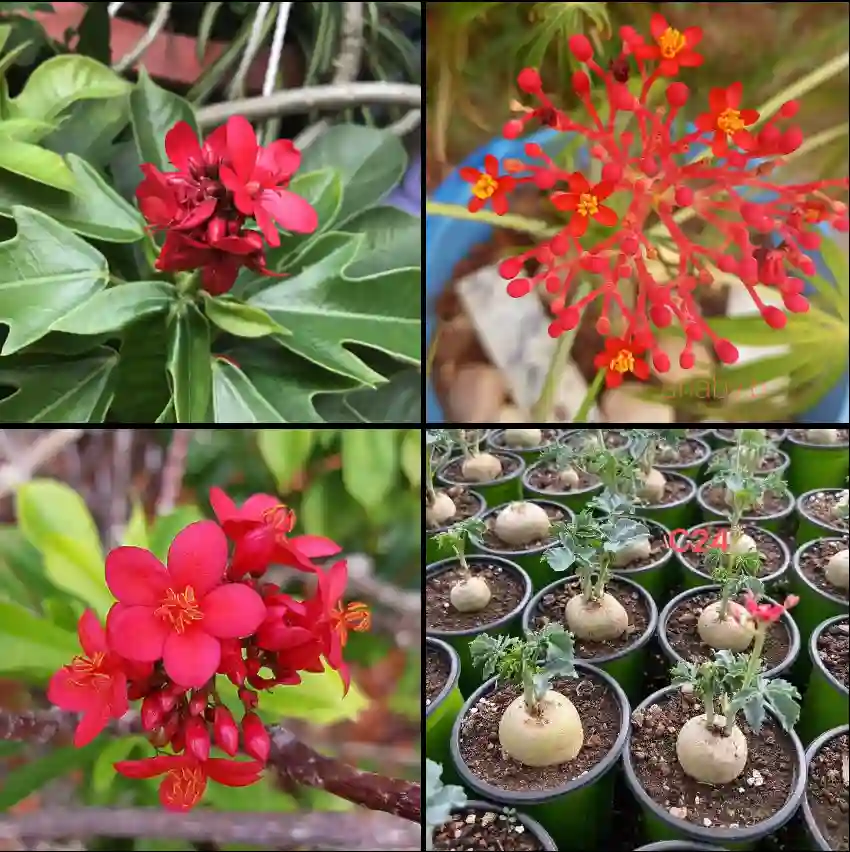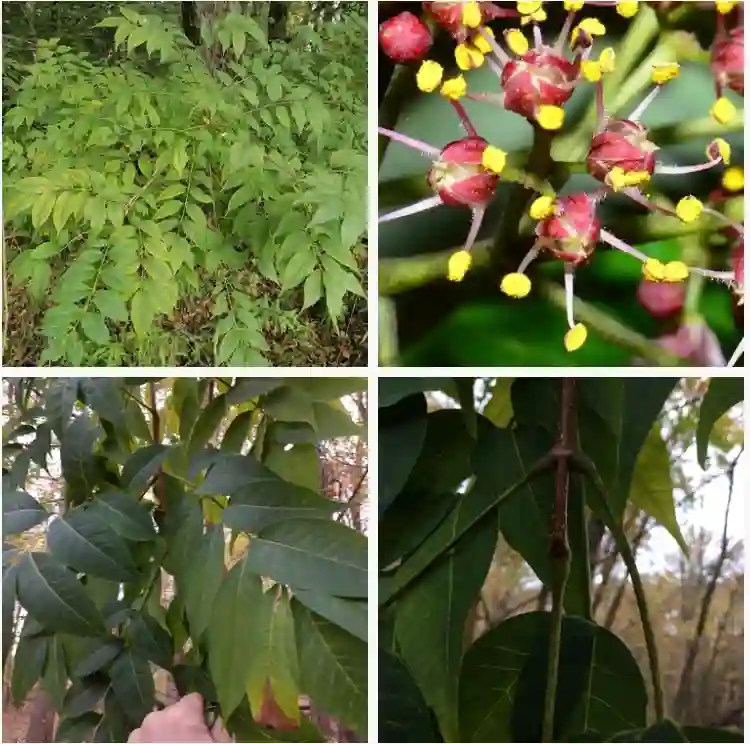FAQs About Crested Senecio Vitalis
I’ve been growing Crested Senecio Vitalis for a while now, and I often get questions about this striking succulent. Its unique appearance and care requirements make it a popular topic among plant enthusiasts. Here’s a rundown of the most frequently asked questions about this eye-catching plant.
What Is Crested Senecio Vitalis?
Crested Senecio Vitalis, also known as the “Crested Blue Chalk Sticks,” is a succulent plant native to South Africa. It’s part of the Senecio genus, known for its diverse range of shapes and sizes. What sets Crested Senecio Vitalis apart is its distinctive, fan-like growth pattern. The plant forms rosettes of blue-green, cylindrical leaves that can appear almost coral-like when they cluster together.
How to Care for Crested Senecio Vitalis?
Caring for Crested Senecio Vitalis is relatively straightforward, but there are a few key points to keep in mind:
- Light: This plant thrives in bright, indirect light. A south-facing window is ideal, but it can also adapt to some direct sunlight. Too much direct sun can cause leaf scorch, so it’s important to monitor the plant and adjust its location if needed.
- Water: Like most succulents, Crested Senecio Vitalis prefers infrequent watering. Allow the soil to dry out completely between waterings. Overwatering can lead to root rot, a common issue with succulents. During the winter months, reduce watering to avoid soggy soil.
- Soil: A well-draining cactus or succulent mix works best. You can also create your own mix by combining potting soil with perlite or sand. Good drainage is crucial to prevent root rot.
- Temperature: This plant prefers temperatures between 65°F and 80°F (18°C to 27°C). It can tolerate some cooler temperatures but should be protected from frost. In colder climates, it’s best to bring the plant indoors during winter.
How to Propagate Crested Senecio Vitalis?
Propagation is one of the most exciting aspects of growing succulents. Crested Senecio Vitalis can be propagated through leaf cuttings or offsets. Here’s how you can do it:
- Leaf Cuttings: Gently twist off a healthy leaf from the plant, making sure to get the entire leaf including the base. Let the leaf dry and callous over for a few days. Once it’s dried, place it on top of a well-draining succulent mix and mist it lightly. Roots should begin to form within a few weeks.
- Offsets: The plant often produces offsets or “pups” around the base. These can be gently separated from the main plant and potted individually. Allow the offsets to dry out for a day or two before planting them in their own pots.
What to Plant With Crested Senecio Vitalis?
Crested Senecio Vitalis pairs well with other succulents and cacti due to its unique texture and color. Here are a few ideas:
- Aloe Vera: Its upright, spiky leaves complement the fan-like structure of the Senecio.
- Echeveria: The rosette shape and varied colors can add contrast and visual interest.
- Sedum: Low-growing Sedum varieties work well in mixed containers, adding ground cover around the Senecio.
Benefits of Crested Senecio Vitalis
There are several benefits to growing Crested Senecio Vitalis:
- Low Maintenance: Its minimal water and care requirements make it an excellent choice for busy plant lovers or beginners.
- Unique Appearance: The distinctive, crested form adds a touch of drama to any plant collection.
- Air Purification: Like many succulents, it can help improve indoor air quality by removing toxins.
Is Crested Senecio Vitalis Toxic?
Crested Senecio Vitalis is considered non-toxic to humans and pets. However, it’s always a good idea to keep any plant out of reach of small children and pets to avoid accidental ingestion, which can lead to digestive discomfort.
Common Problems and Solutions
Here are some common issues you might encounter with Crested Senecio Vitalis and how to address them:
- Leaf Drop: This often occurs due to overwatering. Ensure the soil dries completely before the next watering and adjust your watering schedule if needed.
- Leggy Growth: If your plant is becoming leggy, it might not be getting enough light. Move it to a brighter location and monitor its growth.
- Pest Infestations: Watch for common pests like mealybugs and spider mites. Treat infestations with insecticidal soap or neem oil.
Compare with Similar Plants
If you’re considering alternatives, you might also look at:
- Senecio Rowleyanus (String of Pearls): This plant has a trailing habit and round, bead-like leaves, offering a different aesthetic compared to the upright Crested Senecio Vitalis.
- Senecio Mandraliscae (Blue Chalk Sticks): While similar in name, it has a more upright growth and a different leaf structure, lacking the unique cresting of the Vitalis.
I hope this guide helps you get to know Crested Senecio Vitalis better and makes caring for it a bit easier. Its distinctive look and relatively simple care requirements make it a rewarding addition to any plant collection.




